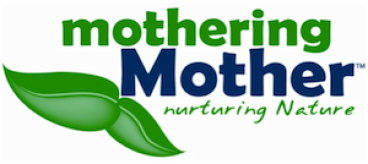I large onion, chopped (can even use a Spanish onion)
1 T ghee (clarified) butter or olive oil
1 sweet potato, washed and diced, skin on
½ t dried thyme
¼ t freshly grated nutmeg
Salt
2 cups vegetable stock (recipe in "Tips" on this website)
1 bunch fresh spinach, washed, stems removed
Dice the onion, put in a saucepan with the butter over a medium heat. Stir, cover with a saucepan lid. Cook the onions for about 10 minutes, until they are translucent and soft. The lid will keep in moisture, reducing the need for extra fats to cook the onion. Once the onion is cooked add the diced sweet potato, herb and spice. Stir around for a moment, then add the vegetable stock and a large pinch of salt. Bring to the boil and simmer covered until the potato is completely cooked. Remove from the heat.
Add the prepared spinach to the pot in bunches, returning the lid to let the spinach steam, and turning it in amongst the cooked vegetables and stock. Once all of the spinach has been added and has shrunk then puree the soup in a blender. A glass blender is preferable when pureeing a hot item.
Return the puree to the saucepan, adjust the seasoning and add more water or stock to reach desired consistency.
The quantities given are rough estimates. Each onion, sweet potato and bunch of spinach will be somewhat different, making each soup its own unique creation.
This soup is best eaten right away. Food loses nutrients and vitality with time, and refrigeration.
This quantity serves 4.
Enjoy!
T=Tablespoon
t=teaspoon
Namaste,
Sydney

